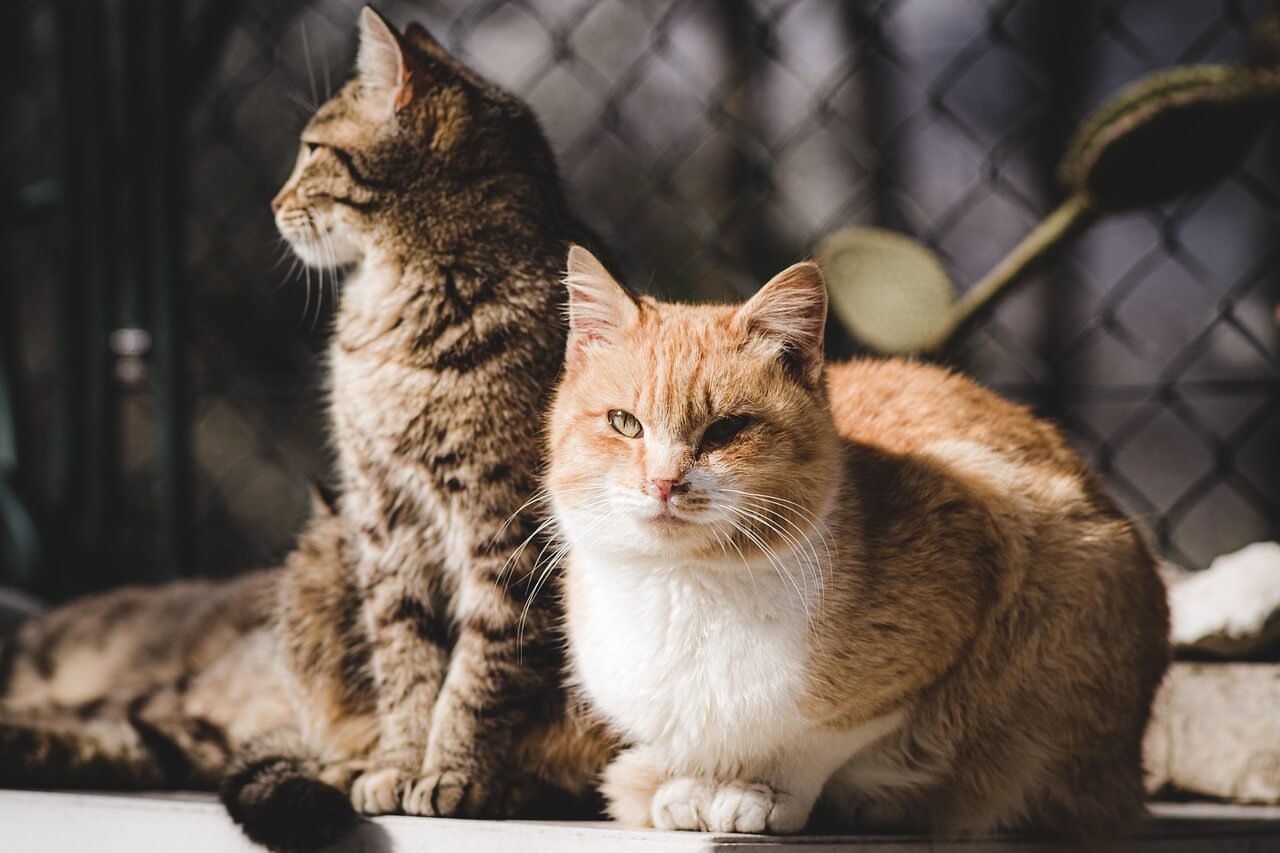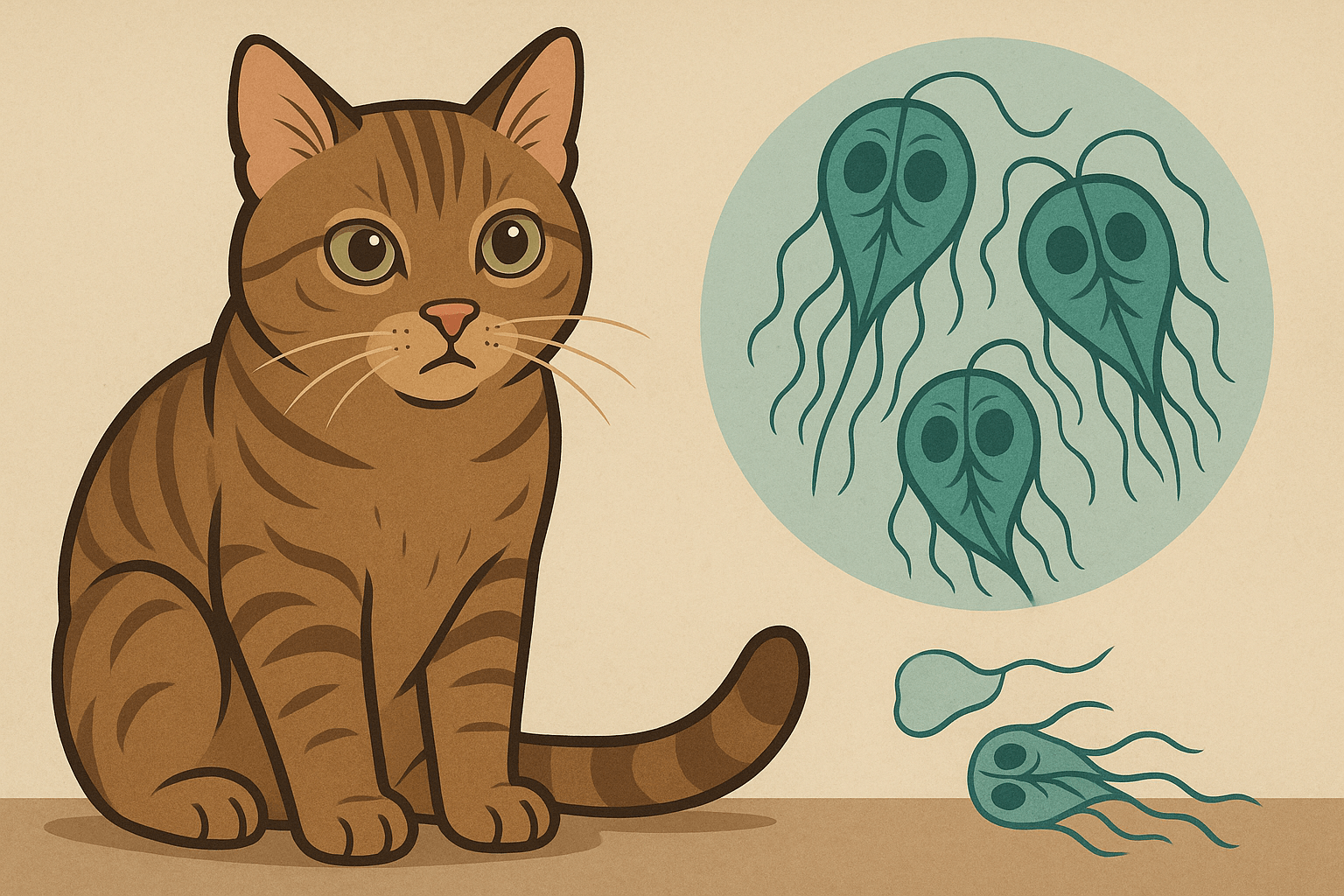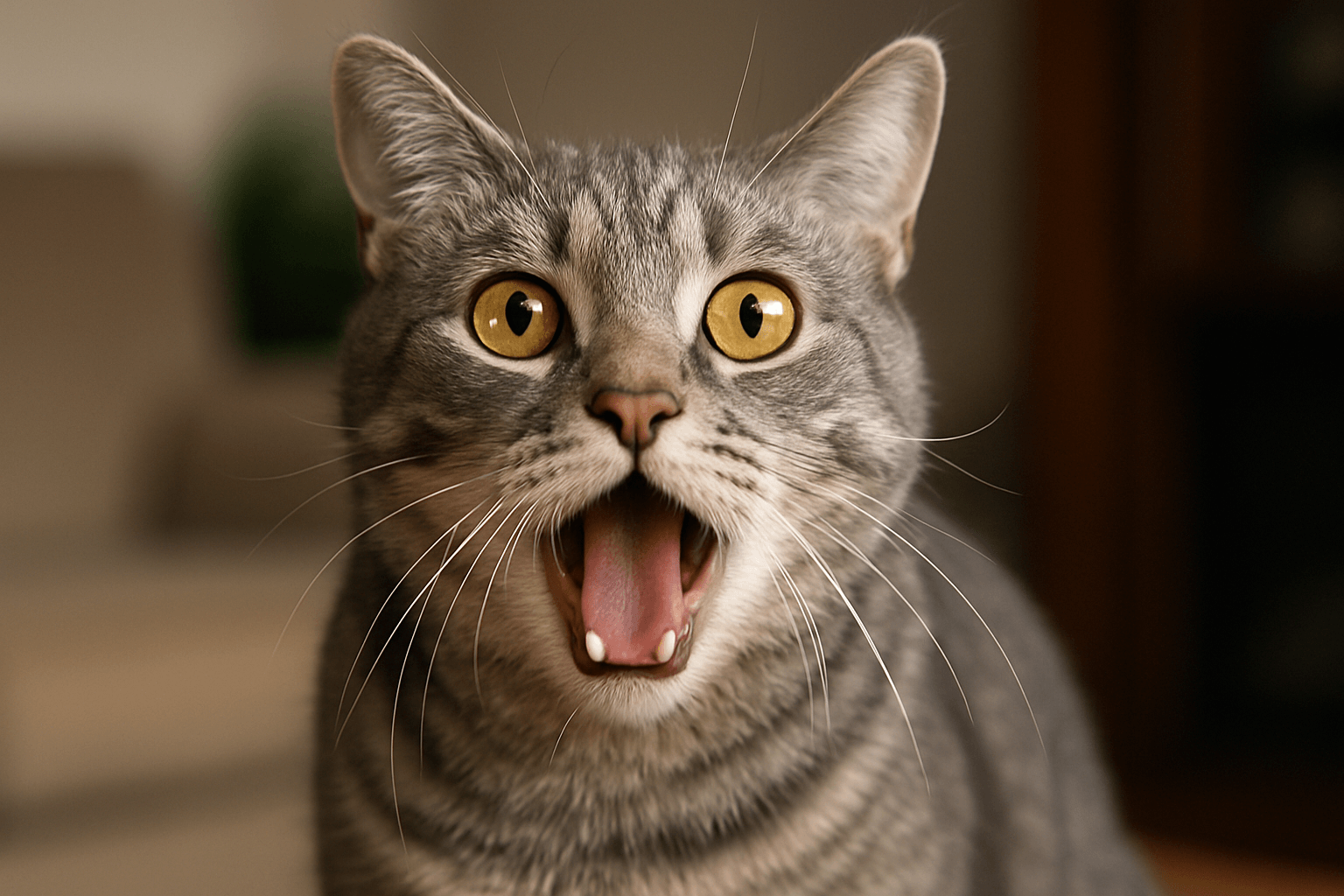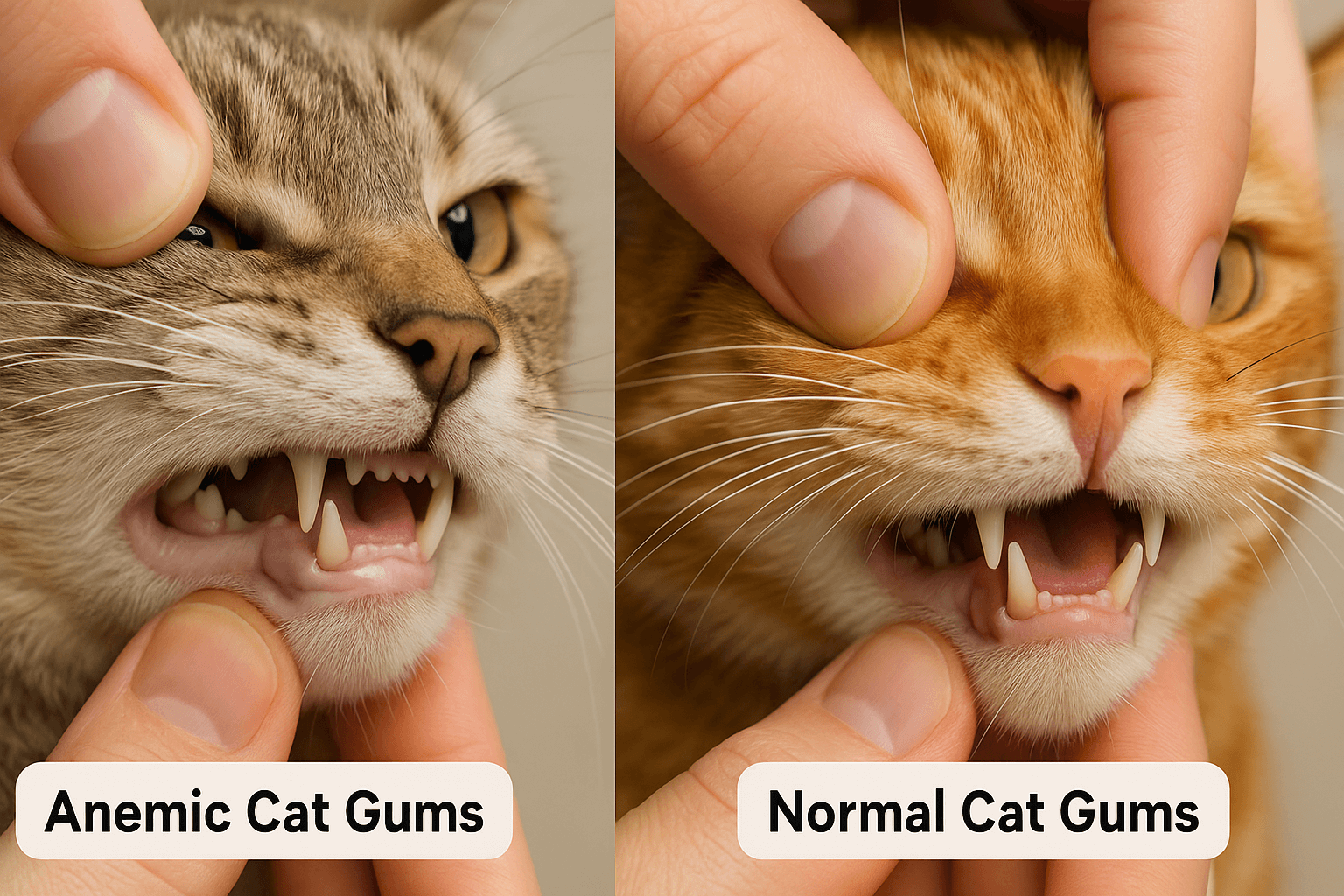Red Gums in Cats: What It Means and What You Should Do
If you’ve ever noticed your cat’s gums appearing redder than usual, it might be easy to dismiss it as a minor issue. However, red gums in cats can indicate a range of health concerns, from mild irritation to more serious underlying conditions. As a responsible pet owner, understanding the potential causes, symptoms, and treatments is essential for ensuring your feline friend stays healthy and comfortable. In this article, we’ll explore everything you need to know about red gums in cats, including how to identify them, what they might signify, and when to seek veterinary care.
What’s Behind the Redness? Understanding the Causes
Red gums in cats can result from various factors, ranging from dental issues to systemic diseases. Identifying the root cause is crucial for effective treatment. Here are some common reasons why your cat’s gums might appear red:
Gingivitis :
Inflammation of the gums, often caused by plaque buildup or poor dental hygiene.Stomatitis :
A severe and painful inflammation of the mouth and gums, requiring prompt veterinary attention.Trauma or Injury :
Biting on hard objects or chewing abrasive materials can irritate the gums.Infections :
Bacterial, viral, or fungal infections can lead to gum redness and swelling.Underlying Health Conditions :
Diseases like kidney failure, diabetes, or immune disorders may manifest as red gums.
While some causes are relatively harmless, others require immediate intervention. Monitoring your cat’s overall health alongside gum changes is key to determining the severity of the issue.
Signs That Accompany Red Gums in Cats
Red gums alone may not always tell the full story. Often, additional symptoms accompany this condition, providing clues about its underlying cause. Here’s what to look out for if you suspect your cat’s gums are red:
Bad Breath (Halitosis) :
Foul-smelling breath can indicate dental disease or infection.Difficulty Eating :
Reluctance to eat or dropping food could signal pain in the mouth.Excessive Drooling :
Increased saliva production may point to discomfort or irritation.Swollen or Bleeding Gums :
Visible swelling or bleeding suggests inflammation or injury.Behavioral Changes :
Lethargy, irritability, or hiding may reflect discomfort or illness.
These symptoms, combined with red gums, paint a clearer picture of your cat’s condition. If you notice any of these signs, it’s important to act promptly to prevent further complications.
Check this guide 👉Cat Mouth Anatomy: Best 7 Expert Tips!
Check this guide 👉Cat Is Stung by a Bee in the Mouth: Best 7 Health Tips!
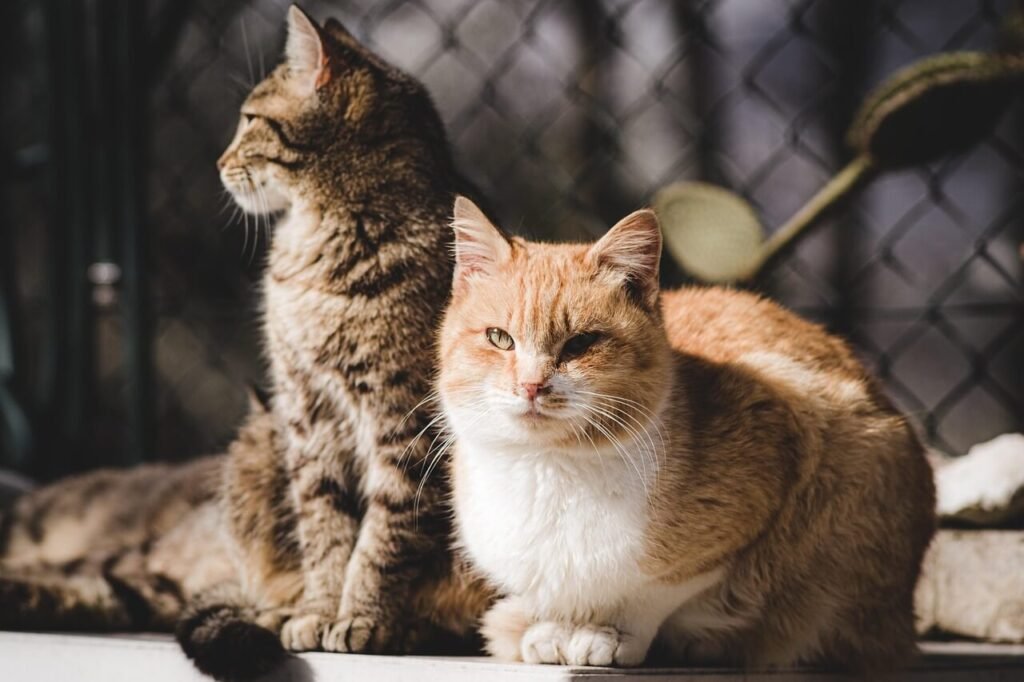
Possible Causes of Red Gums | Recommended Actions |
|---|---|
Gingivitis | Schedule a professional dental cleaning |
Stomatitis | Consult a vet for anti-inflammatory meds |
Trauma or Injury | Remove harmful objects; monitor recovery |
Infections | Seek antibiotics or antifungal treatment |
Underlying Health Conditions | Run diagnostic tests to identify the issue |
Preventive Measures to Keep Your Cat’s Gums Healthy
Taking proactive steps to maintain your cat’s oral health can help prevent red gums and related issues. Here are some practical tips to ensure your cat’s mouth stays clean and healthy:
Regular Brushing :
Use a cat-safe toothbrush and toothpaste to clean their teeth 2–3 times a week.Dental Chews and Toys :
Provide dental-friendly chews or toys designed to reduce plaque buildup.Routine Vet Checkups :
Schedule annual dental exams to catch problems early.Monitor Diet :
Feed high-quality food that supports dental health and avoids excessive carbs.Hydration :
Encourage water intake to promote saliva production and oral cleanliness.
By incorporating these habits into your routine, you can significantly reduce the risk of gum issues and keep your cat smiling—figuratively, of course!
Knowing When Red Gums Require Professional Attention
While some cases of red gums can be managed at home, others demand immediate veterinary care. Knowing when to seek professional help ensures your cat receives timely treatment. Here’s when to contact your vet:
Persistent Redness :
If the redness doesn’t improve within a few days, it could indicate an underlying problem.Severe Swelling or Bleeding :
Significant swelling or frequent bleeding warrants urgent evaluation.Refusal to Eat :
A sudden loss of appetite accompanied by red gums is a red flag.Fever or Lethargy :
These signs suggest a possible systemic infection or illness.Unexplained Weight Loss :
Rapid weight loss alongside red gums may point to a serious condition.
Early intervention is critical for addressing red gums effectively. Trust your instincts—if something seems off, don’t hesitate to consult your veterinarian.
What Healthy Gums Look Like: A Guide for Cat Owners
Understanding what healthy gums look like is just as important as recognizing red flags. By familiarizing yourself with the signs of good gum health, you can quickly spot abnormalities and take action. Here’s what to look for in a cat with healthy gums:
Light Pink Color :
Healthy gums should have a soft pink hue, similar to the color of bubblegum.Moist Texture :
Gums should feel slightly moist, indicating proper hydration and circulation.No Swelling or Redness :
There should be no visible puffiness or discoloration around the gumline.No Bleeding :
Gums should remain intact without any signs of bleeding when touched gently.Fresh Breath :
While not directly related to gums, fresh-smelling breath often correlates with good oral health.
Knowing these signs helps you establish a baseline for your cat’s gum health. Regular checks ensure you catch issues early before they escalate.
Gentle Solutions: Managing Mild Gum Problems at Home
For minor cases of red gums, there are several home remedies you can try to soothe your cat’s discomfort. However, always consult your vet before attempting any treatment. Here are some safe options to consider:
Salt Water Rinse :
Diluted salt water can reduce inflammation and clean the mouth gently.Cat-Safe Dental Wipes :
These wipes help remove plaque and food particles without brushing.Soft Food Diet :
Switching to wet or soft food temporarily eases pressure on sore gums.Herbal Supplements :
Some natural supplements, like chlorophyll, may promote oral health (with vet approval).Hydration Boosters :
Adding water to dry food or using pet water fountains encourages better hydration.
While these remedies can alleviate mild symptoms, they’re not substitutes for professional care if the issue persists or worsens. Always prioritize your cat’s safety and comfort.
Building a Foundation: How to Protect Your Cat’s Gums Over Time
Preventing red gums and other oral health problems requires consistent effort and attention. By implementing long-term strategies, you can safeguard your cat’s gums and overall well-being. Here’s how to create a sustainable plan:
Annual Dental Cleanings :
Professional cleanings remove tartar buildup that at-home care might miss.Balanced Nutrition :
Feed a diet rich in vitamins and minerals that support gum and tooth health.Regular Inspections :
Check your cat’s gums and teeth weekly to catch issues early.Limit Sugary Treats :
Avoid treats high in sugar or carbohydrates, which can contribute to plaque.Environmental Enrichment :
Toys and activities that stimulate chewing can naturally clean teeth and massage gums.
By adopting these practices, you’ll not only protect your cat’s gums but also enhance their quality of life. Prevention is always better than cure, especially when it comes to your furry friend’s health.
Frequently Asked Questions About Red Gums in Cats
Are red gums in cats always a sign of illness?
Not always, but persistent redness should be evaluated to rule out health concerns.
Can I treat my cat’s red gums at home?
Mild cases may improve with home care, but severe symptoms require veterinary attention.
How can I check my cat’s gums safely?
Gently lift their lips and observe the gum color and texture, being cautious not to stress them.
What does normal cat gum color look like?
Healthy gums should be light pink, moist, and free of swelling or discoloration.
Can diet affect my cat’s gum health?
Yes, poor nutrition or dry food without dental benefits can contribute to gum issues.
Final Thoughts: Prioritizing Your Cat’s Gum Health
Red gums in cats may seem like a small issue, but they can reveal much larger health concerns if left unaddressed. By staying vigilant, practicing good oral hygiene, and seeking veterinary care when needed, you can protect your cat from discomfort and potentially serious illnesses. Remember, your cat relies on you to advocate for their well-being. With love, attention, and proactive care, you can ensure your feline companion enjoys a happy, healthy life—and those adorable kitty smiles will continue to brighten your days.
Giardia in Cats: Best 7 Expert Tips! Discover expert advice on identifying, treating, and preventing giardia in cats to ensure your feline stays happy and healthy.
Cat Hyperventilating: Best 7 Expert Tips! Discover signs, causes, and solutions for cat hyperventilation. Learn how to calm your cat and when to seek veterinary care for their breathing issues.
Anemic Cat Gums vs Normal: Best 7 Expert Tips! Learn to spot signs of anemia in cats, understand gum health, and ensure your feline stays happy and healthy with expert advice.
Himalayan Cat Size: Best 7 Expert Tips! Discover expert advice on Himalayan cat size, growth factors, care tips, and how to ensure your feline stays healthy and happy.

